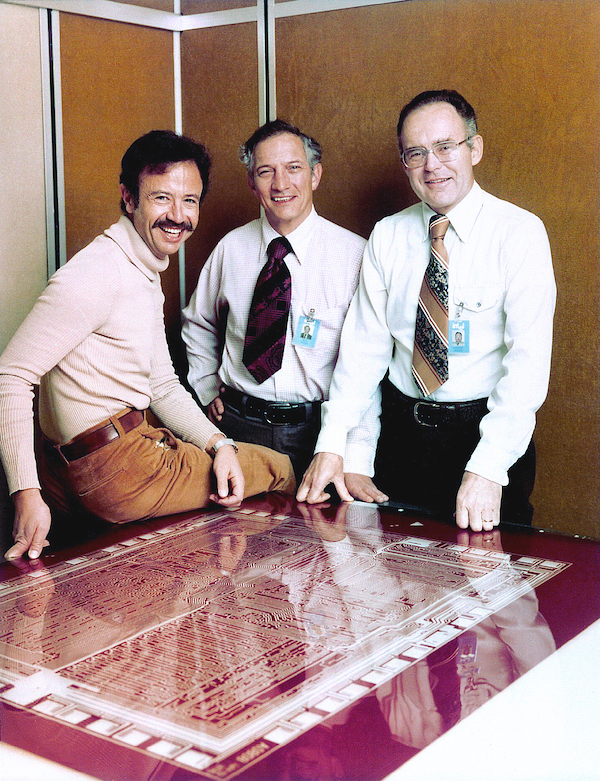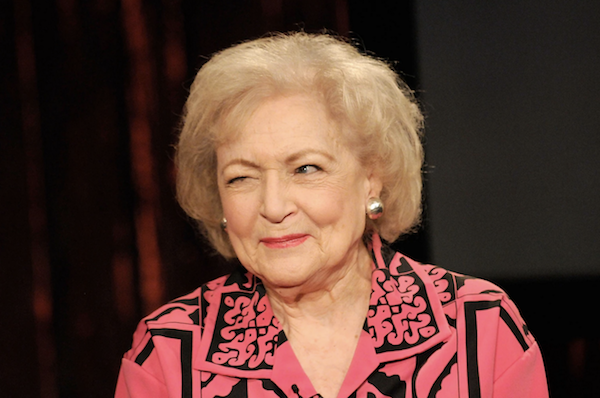
(quote)
SAN FRANCISCO, March 24 (Reuters) – Intel Corp (INTC.O) co-founder Gordon Moore
, a pioneer in the semiconductor industry whose “Moore’s Law” predicted a steady rise in computing power for decades, died Friday at the age of 94, the company announced. Intel and Moore’s family philanthropic foundation said he died surrounded by family at his home in Hawaii.
Co-launching Intel in 1968, Moore was the rolled-up-sleeves engineer within a triumvirate of technology luminaries that eventually put “Intel Inside” processors in more than 80% of the world’s personal computers.
In an article he wrote in 1965, Moore observed that, thanks to improvements in technology, the number of transistors on microchips had roughly doubled every year since integrated circuits were invented a few years before. His prediction that the trend would continue became known as “Moore’s Law” and, later amended to every two years, it helped push Intel and rival chipmakers to aggressively target their research and development resources to make sure that rule of thumb came true.
“Integrated circuits will lead to such wonders as home computers – or at least terminals connected to a central computer – automatic controls for automobiles, and personal portable communications equipment,” Moore wrote in his paper, two decades before the PC revolution and more than 40 years before Apple launched the iPhone.
After Moore’s article, chips became more efficient and less expensive at an exponential rate, helping drive much of the world’s technological progress for half a century and allowing the advent of not just personal computers, but the internet and Silicon Valley giants like Apple, Facebook and Google.
“It sure is nice to be at the right place at the right time,” Moore said in an interview around 2005. “I was very fortunate to get into the semiconductor industry in its infancy. And I had an opportunity to grow from the time where we couldn’t make a single silicon transistor to the time where we put 1.7 billion of them on one chip! It’s been a phenomenal ride.”
A San Francisco native, Moore earned a Ph.D. in chemistry and physics in 1954 at the California Institute of Technology. He went to work at the Shockley Semiconductor Laboratory where he met future Intel cofounder Robert Noyce. Part of the “traitorous eight,” they departed in 1957 to launch Fairchild Semiconductor. In 1968, Moore and Noyce left Fairchild to start the memory chip company soon to be named Intel, an abbreviation of Integrated Electronics. Moore and Noyce’s first hire was another Fairchild colleague, Andy Grove, who would lead Intel through much of its explosive growth in the 1980s and 1990s. Moore described himself to Fortune magazine as an “accidental entrepreneur” who had no burning urge to start a company – but he, Noyce and Grove formed a powerhouse partnership.
While Noyce had theories about how to solve chip engineering problems, Moore was the person who rolled up his sleeves and spent countless hours tweaking transistors and refining Noyce’s broad and sometimes ill-defined ideas, efforts that often paid off. Grove filled out the group as Intel’s operations and management expert.
Moore received a Medal of Freedom, the nation’s highest civilian honor, from President George W. Bush in 2002. He and his wife had two children.
Moore was born in San Francisco, California, and grew up in nearby Pescadero, where his father was the county sheriff. He attended San José State University for two years before transferring to the University of California, Berkeley, where he received a B.S. degree in chemistry in 1950. In September 1950, Moore enrolled at the California Institute of Technology. While at Caltech, Moore minored in physics and received a PhD in chemistry in 1954. Moore conducted postdoctoral research at the Applied Physics Laboratory at Johns Hopkins University from 1953 to 1956.
Moore joined MIT and Caltech alumnus William Shockley at the Shockley Semiconductor Laboratory division of Beckman Instruments, but left with the “traitorous eight,” when Sherman Fairchild agreed to back them and created the influential Fairchild Semiconductor corporation.
In 1965, Moore was working as the director of research and development (R&D) at Fairchild Semiconductor. He was asked by Electronics Magazine to predict what was going to happen in the semiconductor components industry over the next ten years. In an article published on April 19, 1965, Moore observed that the number of components (transistors, resistors, diodes, or capacitors) in a dense integrated circuit had doubled approximately every year and speculated that it would continue to do so for at least the next ten years. In 1975, he revised the forecast rate to approximately every two years.
In 2000, Moore and his wife established the Gordon and Betty Moore Foundation, with a gift worth about $5 billion. Through the foundation, they initially targeted environmental conservation, science, and the San Francisco Bay Area. The foundation gives extensively in the area of environmental conservation, supporting major projects in the Andes–Amazon Basin and the San Francisco Bay area, among others. Moore was a director of Conservation International for some years. In 2002, he and Conservation International senior vice president Claude Gascon received the Order of the Golden Ark from Prince Bernhard of Lippe-Biesterfeld for their outstanding contributions to nature conservation.
(unquote)
Image courtesy Wikimedia






